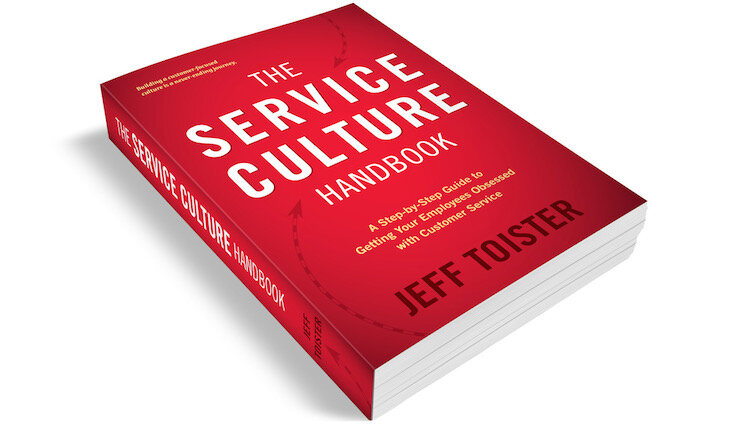Ugly babies are my customer service kryptonite.
No, not actual human babies. An "ugly baby" is a metaphor for an idea, project, product, or anything else that someone is really proud of, but isn't terrific.
For example, a lot of people send me the customer experience vision statements their companies create. It's an honor because vision statements are my thing.
Some are great, some are good, and some are objectively terrible.
It's the terrible ones I struggle with. The person sending it often expects praise and validation, not unvarnished feedback. Sometimes, the truth just comes out.
I've found myself saying, metaphorically of course, "Yowza! That sure is one ugly baby!" before I could catch myself and say something more tactful. Not a great moment.
So I decided to crowdsource this one. I posted my dilemma on LinkedIn and got some terrific advice for handling what I call a “level three” ugly baby problem. Here's what I learned.
This is an adorable baby. You try finding stock images of ugly babies. It’s not easy.
What is a "level three" ugly baby problem?
In my LinkedIn post, I wrote that I believe there are three levels to the ugly baby problem.
Level one is an ugly baby that you observe from afar.
This could be something about the client you observe, but the client hasn't asked for your input on. The simplest solution is usually to just ignore it.
Level two is an ugly baby that's presented to you.
There's a certain expectation that you admire the baby, but the client isn't really looking for feedback. I often default to making an accurate statement that avoids the baby's obvious aesthetic challenges. For example, "It sounds like you've put a lot of effort into this project!"
Level three is when a client asks you to vote for their ugly baby in a "World's Most Beautiful Baby" contest. Or give feedback. Either way, it’s difficult because your client thinks their baby is adorable and wants you to validate this.
How to tactfully respond to an ugly baby
Kaye Chapman, Learning & Development Manager at Comm100, recommends leading with empathy.
"I think sometimes people think being candid means you have to be a bit brutal and trample on people. But there's usually a way through as long as you're empathetic and respectful."
Chapman suggests acknowledging your client's obvious pride while making it clear your constructive feedback is based on your own perceptions.
For instance, you might start off by saying, "I know how important this is to you. There are a few changes that would make it resonate more clearly with me."
Customer service writing expert, Leslie O'Flahavan, suggests the strength of the relationship with your client should play a role in how you respond.
"If we usually agree on which babies are cute/ugly, but they are blindly in love with this particular ugly baby, I'd do my best to explain my objections diplomatically and courteously. Doing so is an investment in our relationship. It demonstrates trust that we can disagree without causing a permanent break."
O'Flahavan is on to something.
I don't experience ugly baby problems with trusted clients I've known for a long time. They usually do great work and I find it easy to tactfully provide constructive feedback when I see an opportunity for improvement. An ugly baby challenge typically occurs in a new relationship or when we haven't been on the same page in previous interactions.
Jenny Dempsey, Customer Experience Manager at FruitStand, suggests asking a lot of questions before sharing any feedback.
"If someone presents something to me that is frightful in my eyes, I ask them lots of questions to understand their view point. Then, I'll usually ask if they are open to feedback and share more factual data or insight that might support them toward another direction."
This approach can be very helpful.
One of the steps in my vision writing process is to use three questions to evaluate a draft vision statement. I've had success helping a client use the three questions to self-evaluate their new vision:
Is it simple and easily understood?
Is it focused on customers?
Does it reflect both who you are now and who you aspire to be in the future?
These questions have often helped a client discover the truth on their own.
Take action
A mentor once told me, "Never make a client feel dumb."
Her words have stuck with me for many years. Pointing out the flaws in someone's ugly baby project is a way of making a client feel dumb if you don't share your feedback tactfully.
Keep an eye out for your next ugly baby challenge. Remember that your client might not see the flaws that you find so obvious.
Try not to make them feel dumb.


















